Embracing accessibility without sacrificing style.
As a paraplegic, navigating the bathroom comes with daily challenges, but with thoughtful design, it’s possible to create a wheelchair accessible bathroom that’s both functional and stylish. In this post, I’ll share how a simple yet transformative addition, a raised, cushioned toilet seat, has made a world of difference in my routine.
What I love most about my setup is that it doesn’t feel clinical. My accessible bathroom design balances practicality with personal style, proving accessibility doesn’t mean sacrificing aesthetics.
Effortless accessibility.
The foundation of my bathroom is the right layout. A wheelchair accessible bathroom layout gives me the space to move freely and reach everything I need, making even basic tasks feel smooth and manageable.
At the heart of it is my adjustable toilet seat. The ability to customise the height is a game-changer for both home and travel. The cushioned surface provides comfort and protection for my skin, a key consideration for anyone spending extended periods seated.
Mastering transfers: support within reach.
One of the biggest benefits of the raised toilet seat for paraplegics is how it simplifies transferring on and off the toilet. The added height makes the motion safer and more comfortable.
To assist with transfers, I use a nearby cabinet as a makeshift support. By holding the cabinet with one hand while pushing off my wheelchair with the other, I can move smoothly onto the seat. This simple hack allows me to maintain independence and dignity without needing additional help, a small setup with a big impact.
Keeping essentials close.
A well-placed storage solution is essential in an independent bathroom setup for paraplegics. My cabinet next to the toilet holds all my toiletries and medical supplies within easy reach.
From personal care items to spare catheters, having everything at hand keeps my routine streamlined and stress-free. No awkward stretching or asking for help, just a simple, accessible system that works for me.
Inclusive design matters.
What I value most about my setup is that it doesn’t feel like a hospital room. Instead, it’s functional, welcoming, and stylish. My accessible bathroom design works for the whole household while still addressing my specific needs as a paraplegic.
By combining features like a cushioned raised toilet seat and strategically placed storage, I’ve created a space that’s both practical and inclusive. Everyone can use it comfortably, which is key for truly accessible home design.
Adapting, defying, and thriving: my bathroom transformation
Living with a disability has taught me that thoughtful adaptations can completely change daily life. My bathroom transformation reflects the principle of adapting, defying, and thriving.
By identifying challenges and proactively implementing solutions, I created a space that empowers me to maintain independence, comfort, and confidence. It’s proof that accessibility and style don’t just coexist; they enhance one another.
Sharing my story, inspiring others.
Sharing my journey is about more than showing off a toilet setup; it’s about inspiring others to explore the possibilities of adaptive bathroom equipment and accessible design.
Through social media and collaborations with companies like Tuki Design, I aim to highlight that these features aren’t just functional; they’re empowering. A few smart adjustments can make a massive difference in the quality of life for those living with disabilities.
Tips for designing your accessible bathroom.
If you’re planning your own wheelchair accessible bathroom, here are a few simple starting points:
Raised toilet seat: Choose an adjustable, cushioned seat for comfort and ease of transfer.
Spacious layout: Make room to maneuver your wheelchair and position yourself comfortably.
Support surfaces: Utilise nearby cabinets or grab bars to assist with transfers.
Storage solutions: Keep essentials within reach to streamline routines.
Inclusive design: Aim for style and accessibility, so the space works for all household members.
Embracing possibilities.
For me, designing my bathroom wasn’t just about accessibility; it was about reclaiming independence on my own terms. With creativity and thoughtful choices, it’s possible to create a wheelchair accessible bathroom design that empowers, comforts, and inspires.
Because accessible design and personal style don’t just coexist, they elevate each other.


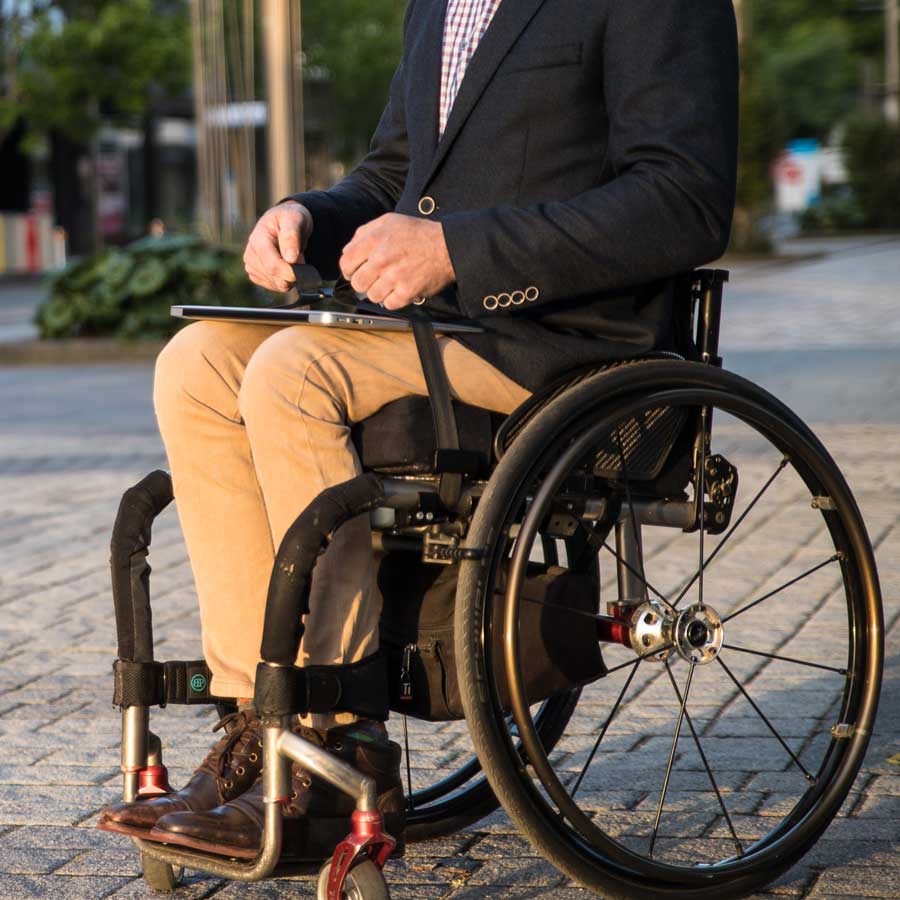
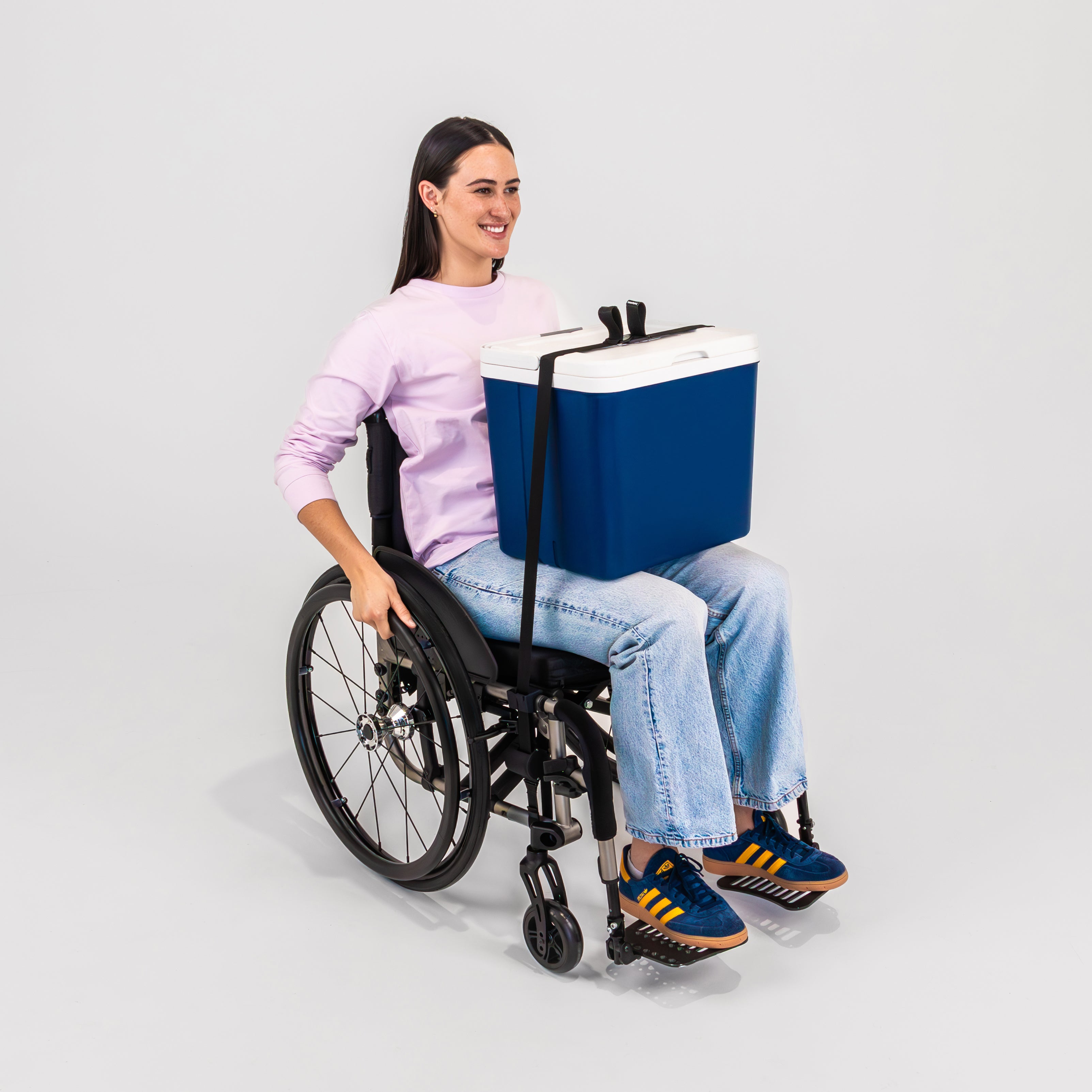
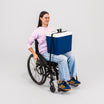
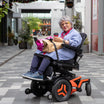
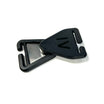
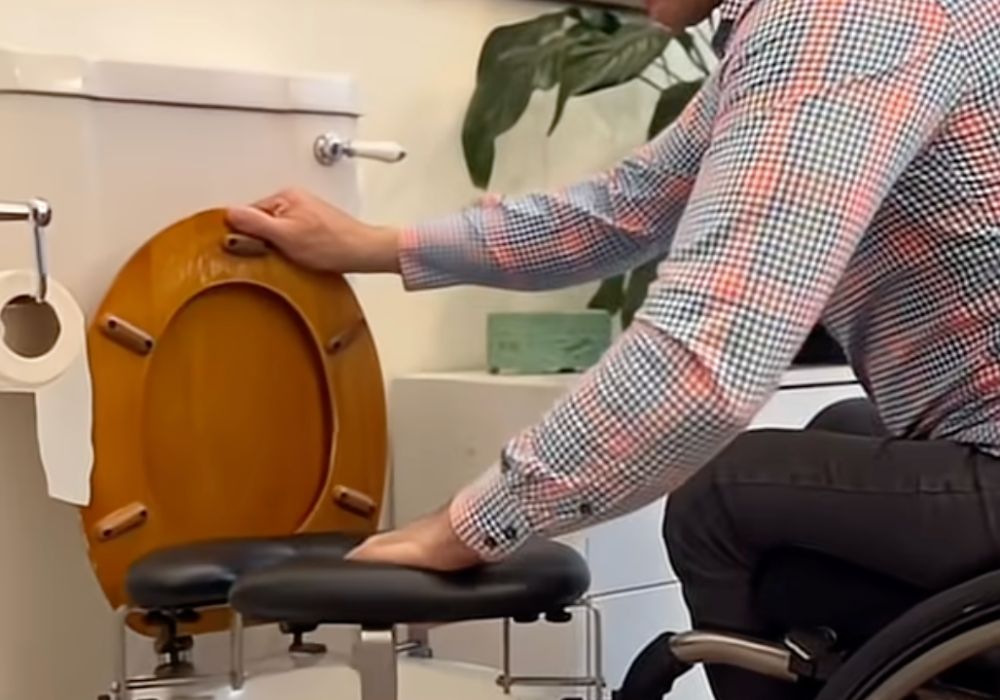
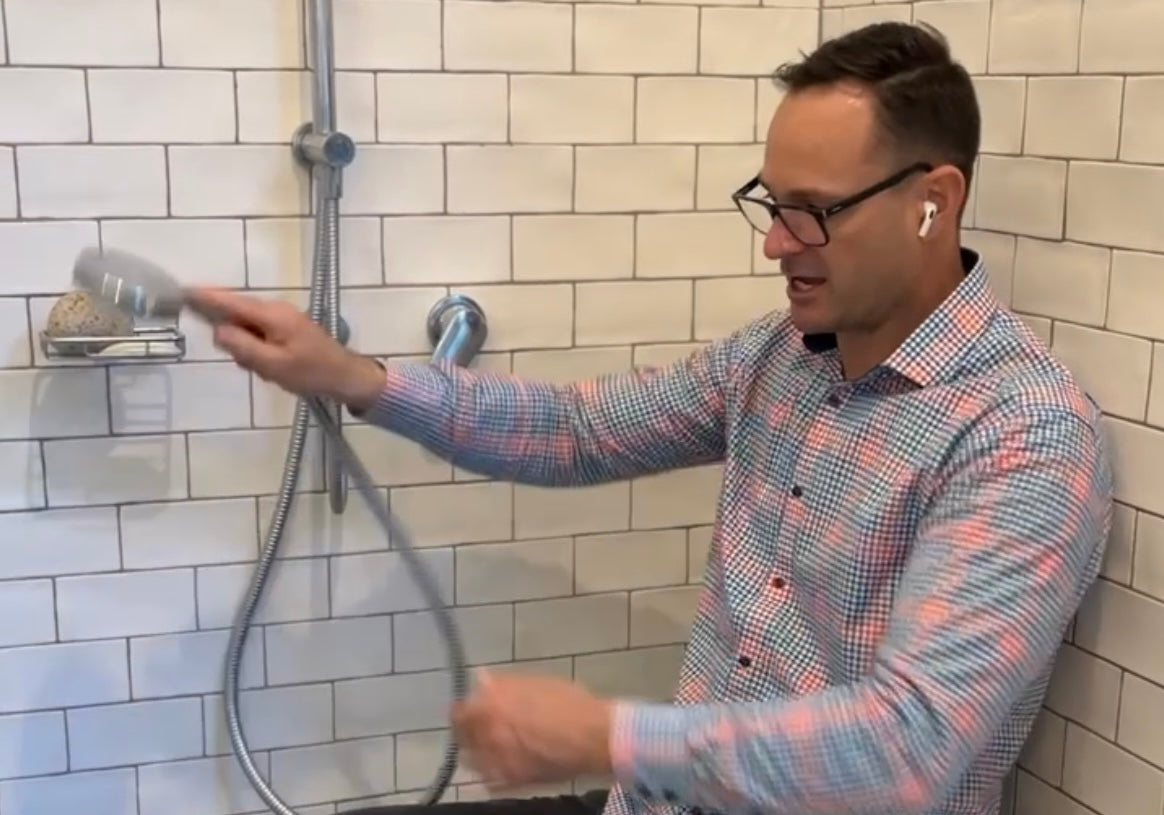
Leave a comment
All comments are moderated before being published.
This site is protected by hCaptcha and the hCaptcha Privacy Policy and Terms of Service apply.